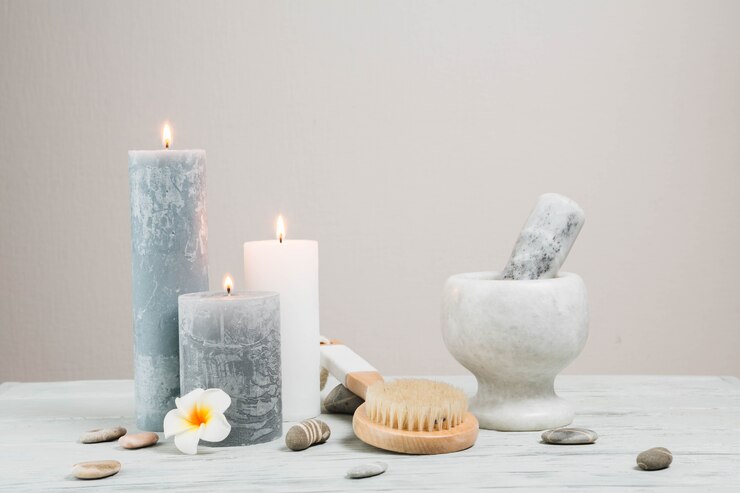
For much of history, emotional expression was stifled, seen as a sign of weakness and shame. People were told to suppress their feelings, put on a brave face, and carry on. But when societal norms swing too far one way, they often prompt a revolution—and so came the rise of movements like #MeToo and the mainstreaming of mental health conversations. Suddenly, speaking about personal pain was not just acceptable; it was celebrated.
This shift was transformative. It brought voices to the silenced and encouraged deeper societal understanding. However, as with any revolution, opportunists emerged. The burgeoning self-care industry capitalized on this movement, selling candles, bath bombs, and retreat packages under the guise of mental health. While some products had genuine value, others veered into absurdity, commodifying well-being in a way that left many wondering: “How many scented candles does it take to find peace?”
Social media, too, played its role. Platforms became flooded with pop-psychology advice and TikTok therapists promoting simplistic explanations: “You lack boundaries,” “It’s all about love languages,” “You’ve been gaslit,” or “It’s trauma.” While these terms are meaningful in context, their overuse diluted their gravity. Complex issues like trauma and depression were reduced to buzzwords, making meaningful conversations about mental health feel superficial.
Amid this noise, the self-focus movement also exacerbated a deeper societal issue: isolation. From self-help books to dating apps, the push toward self-empowerment often came at the expense of fostering connections. Instead of bringing us closer together, many of these modern solutions encouraged an individualistic mindset, leaving us lonelier and more disconnected.
But balance is possible. The pendulum doesn’t have to swing to extremes. While sharing emotions is vital, oversharing with strangers for social validation isn’t always the solution. Similarly, while stoicism teaches resilience, unchecked suppression of feelings can be harmful. True healing comes from understanding when to express and when to reflect—a delicate dance of balance.
One pathway back to connection is through genuine relationships. Therapy plays a pivotal role here, offering a safe space to uncover fears and inhibitions that hinder intimacy. Building close, authentic bonds is one of the most profound ways to heal—not just as individuals but as a community.
Ultimately, self-care isn’t found in products or fleeting trends. It lies in doing the hard, messy work of nurturing relationships. Light a candle if you must, but remember: real peace comes from meaningful connections, not manufactured ones.
Visit our services page to learn more or book a session.
